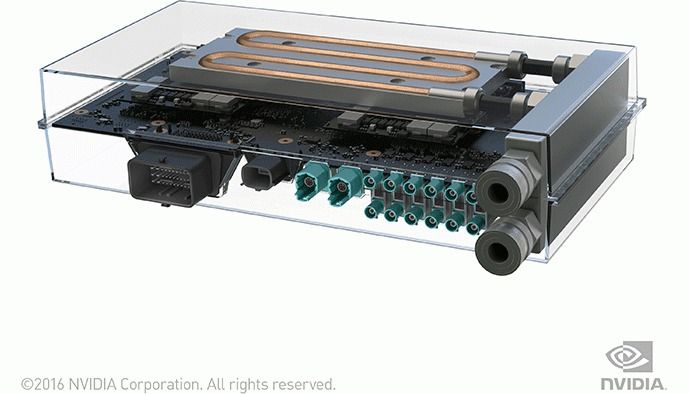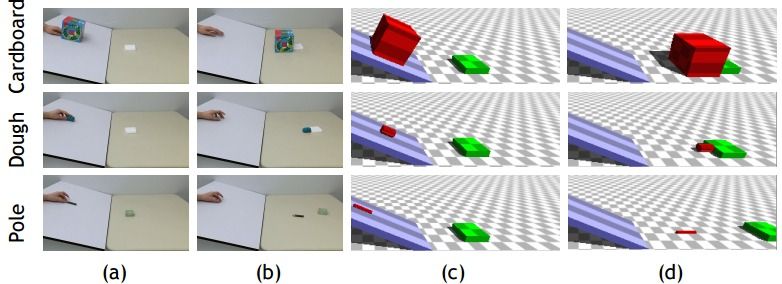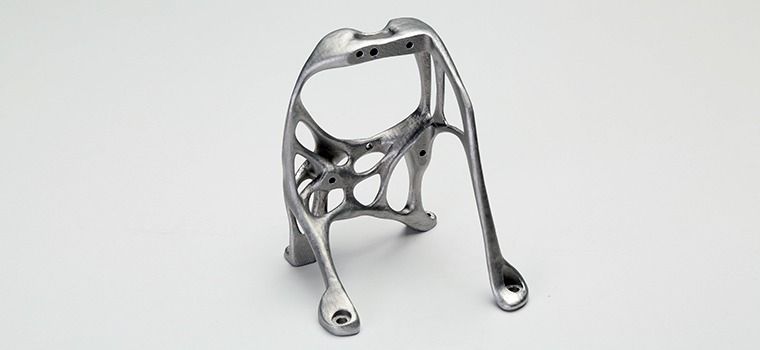This futuristic autonomous car can communicate with its surroundings, and it charges as it drives…
Get the latest international news and world events from around the world.
NASA Video : Earth From Space Real Footage — Video From The International Space Station ISS
LIVE Video From The International Space Station (ISS), NASA : Earth From Space
MY LATEST UPLOAD: Spectacular Saturn — Images from the Cassini-Huygens Spacecraft.
Thanks for viewing — Please check out my other Youtube videos : https://www.youtube.com/user/ouramazingspace/videos
Edited footage from the ISS — Earth from space — Continuous stream of amazing images of Earth as seen from the International Space Station. New footage added daily, over 24 hours of unique content and growing.
Faraday Future has created the Variable Platform Architecture
has created the Variable Platform Architecture. According to Faraday Future, the “innovative” architecture means that the company has “the potential to deliver an extremely diverse range of vehicles to markets.”
FF has created the Variable Platform Architecture, which provides us with many powerful possibilities. Learn more.

Nvidia announces a ‘supercomputer’ GPU and deep-learning platform for self-driving cars
Nvidia took pretty much everyone by surprise when it announced it was getting into self-driving cars; it’s just not what you expect from a company that’s made its name off selling graphics cards for gamers.
At this year’s CES, it’s taking the focus on autonomous cars even further.
The company today announced the Nvidia Drive PX2. According to CEO Jen-Hsun Huang, it’s basically a supercomputer for your car. Hardware-wise, it’s made up of 12 CPU cores and four GPUs, all liquid-cooled. That amounts to about 8 teraflops of processing power, is as powerful as 6 Titan X graphics cards, and compares to ‘about 150 MacBook Pros’ for self-driving applications.

Computer model matches humans at predicting how objects move
We humans take for granted our remarkable ability to predict things that happen around us. For example, consider Rube Goldberg machines: One of the reasons we enjoy them is because we can watch a chain-reaction of objects fall, roll, slide and collide, and anticipate what happens next.
But how do we do it? How do we effortlessly absorb enough information from the world to be able to react to our surroundings in real-time? And, as a computer scientist might then wonder, is this something that we can teach machines?
That last question has recently been partially answered by researchers at MIT’s Computer Science and Artificial Intelligence Lab (CSAIL), who have developed a computational model that is just as accurate as humans at predicting how objects move.
Faraday Future’s FFZERO1 concept car reveal
Faraday Future just unveiled a crazy 1,500-horsepower Tesla Motors competitor.

This apartment building could have a 1,000-foot ski slope on its roof
Imagine an apartment where you could whiz down a 1,000-foot ski slope from the roof to the sidewalk.
This daredevil’s dream building might eventually be a reality. Called House Slalom, the 21-story residential complex with a ski slope could be built in Kazakhstan.
The design by Shokhan Mataibekov Architects was a finalist in the residential category at this year’s World Architecture Festival awards. If the proposal gets the green light, it would be the world’s first residential building with a ski slope.
Hands-on with LG’s foldable screen
LG’s rollable screen.
A scoop from CES
LG gave Dave Lee a first look at its foldable, rollable screen — it says it could revolutionise the way we use TVs.
Read his blog and see the full video: http://www.bbc.co.uk/news/technology-35230043
3D-scanning homes with an iPad
A new app turns an iPad into a 3D-scanner to help people remodel their homes.
It’s to be shown off at the CES tech event in Vegas this week. But if you want all its features they don’t come cheap.
Watch the full video and check out our other CES coverage: http://bbc.co.uk/ces2016
3D Systems Displays New ProX DMP 320 Metal 3D Printer at CES 2016
After the acquisition of Phenix Systems, 3D Systems has been slow to roll out its metal 3D printing technology, an issue raised in a class action lawsuit against the company. Nevertheless, the company has been making progress and, today, 3D Systems announced the availability of their newest system, the ProX DMP 320.

The ProX DMP 320 is designed to be a high precision, high throughput laser sintering metal 3D printer capable of handling itanium, stainless steel, and nickel super alloy. Built with exchangeable manufacturing modules, the ProX DMP 320 is meant to allow for quick material change. To achieve the repeatability much sought after in mainstream manufacturing, the machine has preset build parameters based off of almost half-a-million builds. The ProX DMP 320 features a large build volume of 275mm x 275mm x 420mm with two configurations available, one meant for stainless steel and the other nickel super alloy. The machine offers centralized maintenance management, reduced argon gas use, and support for a serial manufacturing workflow.